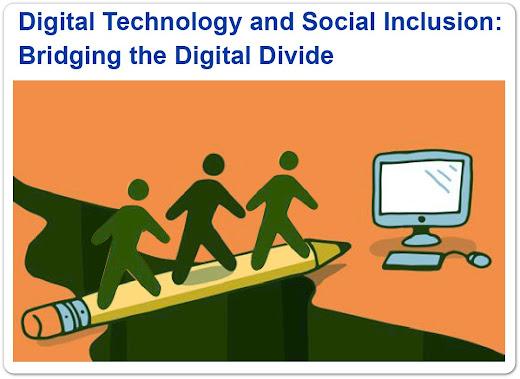Digital Technology and Social Inclusion: Bridging the Digital Divide

Digital Technology & Social Inclusion: Bridging the Digital Drive Governments must promote universal access to Information and Communications Technology (ICT) infrastructure, address affordability, develop digital skills and literacy, and increase the relevance and knowledge of the benefits of being online. Marginalized groups including women, elderly people, people with disabilities, and indigenous peoples, require specific and varied efforts to achieve digital inclusion. These include identifying and changing discriminatory policies and systems, raising awareness of the digital divide, and countering stereotypes in the digital domain by using more empowering images of women, older people, and other oppressed groups. Measures targeted explicitly to close gender gaps include narrowing the digital skills gap through education, establishing gender-friendly public internet access and training venues. Also, tools like Management Information System by WorkSure for Informati...